Trending Now
Friday, Apr, 2024
Home / What Is The Rural Education Scenario In India And How Can We Change It?
What Is The Rural Education Scenario In India And How Can We Change It?
When the rural sector of a nation does well, a country's real economic condition is..
 by Himani Verma /
by Himani Verma /  16 Jan 2021 18:32 PM IST /
16 Jan 2021 18:32 PM IST /  0 Comment(s) / 309
0 Comment(s) / 309
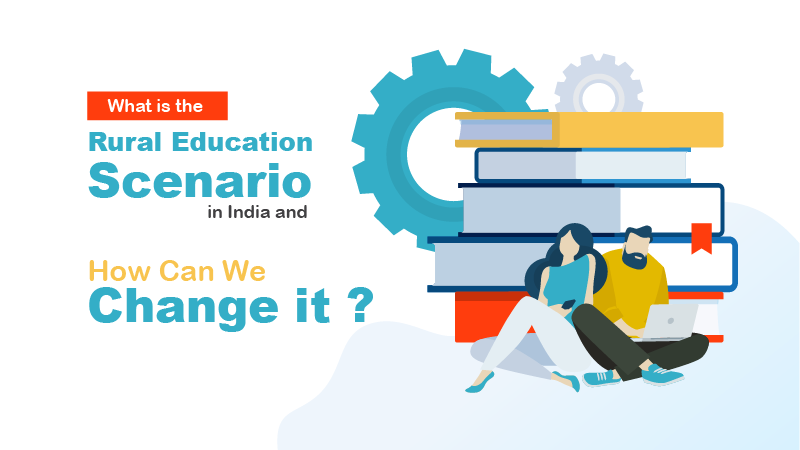
What Is The Rural Education Scenario In India And How Can We Change It?
When the rural sector of a nation does well, a country's real economic condition is considered. Although India's literacy rate has seen some growth in recent years, it could not provide the sort of education required in modern times.
The scenario of rural education in India must be improved. The 'Indian education system,' the main one being the Unfortunate Rural Education Scenario, faces several questions.
Significant disruption to the scheme of rural education:
There is no other view on the significant role that education plays in defining an individual's personality. According to a new study of the organized sector in India, there are just 34 million residents.
This certainly reflects a tiny population stratum, and the assertion tells a lot about India's literacy rate and its education system. In the past few years, however, India's quality of literacy has risen, but the education demands of modern times have not been able to impart.
Indeed, even today, a large part of India's population lives in rural India, and the education system is barely given any importance.
According to a survey study dubbed the "Annual Status of Education Report," 50% of students entering rural schools cannot read a second-standard textbook and cannot solve fundamental mathematical problems.
So how can we contribute to change provincial status as a community?
Modern and improving technologies can help rural children match urban students with our education system.
Education institutions are expensive:
As previously noted, the neighborhood of rural India is not full of government colleges.
Those in the town are private and more costly than public schools.
Citizens do not have any income in rural India.
The limited amount of money they obtain often goes to education out of their spheres of concern in their simple survival.
Many teachers are not much qualified:
There are not many teachers in schools because they are not well-educated.
The consequence is that children earn low educational quality.
These teachers should not satisfy the developmental needs of children at all.
The shortage of good schools:
In the area of local transport, the rural parts of India already have a lot of difficulties.
The problem poses an enormous threat to education because of the small or no schools in the vicinity of rural Indians.
The transport problem, coupled with schools in rural areas, forces parents not to send their children to school so that they are uneducated.
Failure to provide pocket-friendly education:
Rural India's residents typically have low-income sources, which are consumed in their basic survival to eliminate education.
The lack of government schools in the local areas discourages parents from spending more on their children, which means they are not educated.
Lack of facilities:
Rural Indian schools have inadequate infrastructure.
The teacher ratio is abysmal, particularly well-trained teachers who are extensively disturbed.
This leads to inferior education quality, which hardly meets education requirements.
Divide Rural-Urban:
Although we are a nation, we are still divided into rural and urban areas in every respect, and education is also divided into that area.
Several studies have shown that rural and urban education have a wide gap. There are several ways to see the cracks.
In urban schools, too, the way to teach differs.
Although rural schools still have a primitive teaching approach, urban schools are committed to modern teachings, such as concepts and development.
How can People change the situation?
As we discussed before, there are different weaknesses in rural education.
Improving rural education is to introduce modern and better education technologies that help rural students match urban students.
Their solution is to develop rural education.
Set up more pocket-friendly schools:
In rural areas, more government schools should be set up.
If that were done, more parents would go to school with their children.
It would only be interesting for parents to educate their children if there were more pocket-friendly schools near their house.
Often it is a positive idea if the state takes steps to provide the children whose parents' income is impoverished with textbooks and other necessary educational facilities.
Education framework amalgamation with technology:
In Digital India, technology plays a significant role.
Therefore, the emphasis on technology is significant for rural schools.
Schools need to teach their children about simple programming skills so that in this technologically growing environment, they are not left behind.
In Digital India, awareness of the necessary technologies and their uses is essential for any child, whether they live in rural or urban areas.
Establish different schools:
Parents in rural India can only be persuaded to send their children to school if there are good schools near their homes at a low rate.
The government should provide its textbooks, library, and laboratory services for citizens with so little financial background so that they have no excuse to not be at school.
Educational amalgamate technology:
It is essential for rural schools to emphasize technology, in particular basic programming knowledge, to ensure that they are not far behind.
It is also necessary to be aware of the fundamental technology and its use in the digitally growing world for every child.
Conceptual learning depends on:
The days when rote learning and authentic learning is enough to be educated have gone.
The modern-day education system needs people to be conscious of what they learn through their application know-how.
This can only be achieved when simple principles are apparent at the start of their education.
Out-of-class movement:
To improve students' education, it is necessary to start studying beyond classrooms.
Children must be well aware of the world surrounding them, which can only be achieved when carried out and exhibited.
It also allows them to understand the ideas practically and to keep them in mind.
There is a massive divide between rural and urban education.
Still, if the specificity is handled, this divide can be filled, and a shared student unification forum can be built across the world.
Conclusion:
There are many challenges suffered by rural India's educational institutions. The authorities of the government must take some steps to promote rural education in India.
This would allow them to balance and grow more with the level of urban education.
While the government is changing the state of education in the country, there's more to be done. People are increasingly conscious of education, but facilities' scarcity remains a significant
impediment that requires active government action.

EShort / February 16, 2024
IMS Noida Admissions 2024: Apply for UG, PG programmes

EShort / February 16, 2024
GATE 2024: Response sheet out

EShort / February 16, 2024
BSSTET 2023: Admit card released

EShort / February 16, 2024
NID DAT 2024: Prelims result released

EShort / February 16, 2024
IIT JAM 2024: Response sheet released

Jobs / February 16, 2024
UPSC Recruitment Drive 2024: Apply for 120 vacancies in various departments

EShort / February 14, 2024
UPSC CSE 2024: Official Notification issued; application process begins

Editor's Desk / April 17, 2020
How Does Society Impact Our Education?
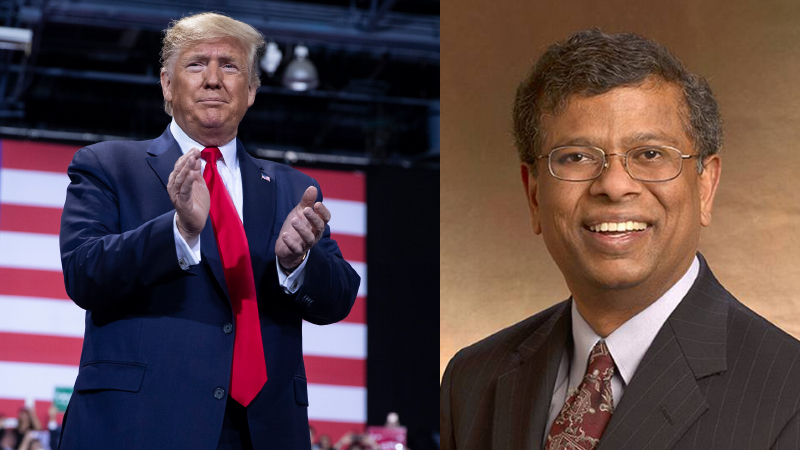
Current Affairs / April 22, 2020
Mr. Sudarsanam Babu appointed to U.S. Science Board.
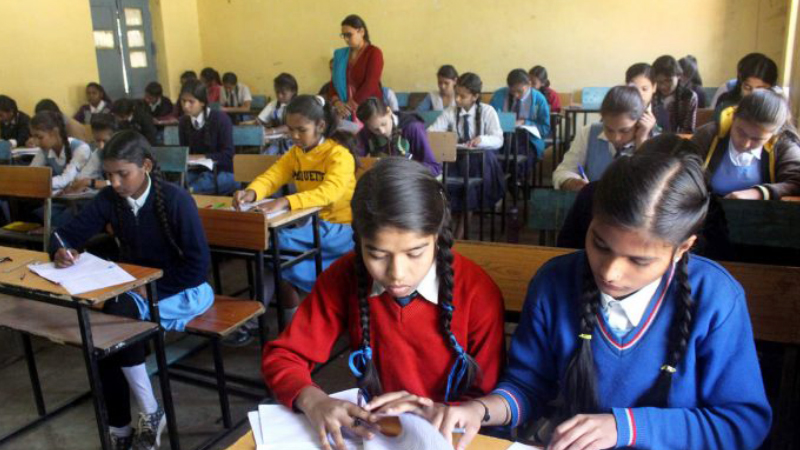
Reforms / April 17, 2020
Traditional Structure of Education In India
.jpg)
Events & Seminars / April 17, 2020
PISA!!
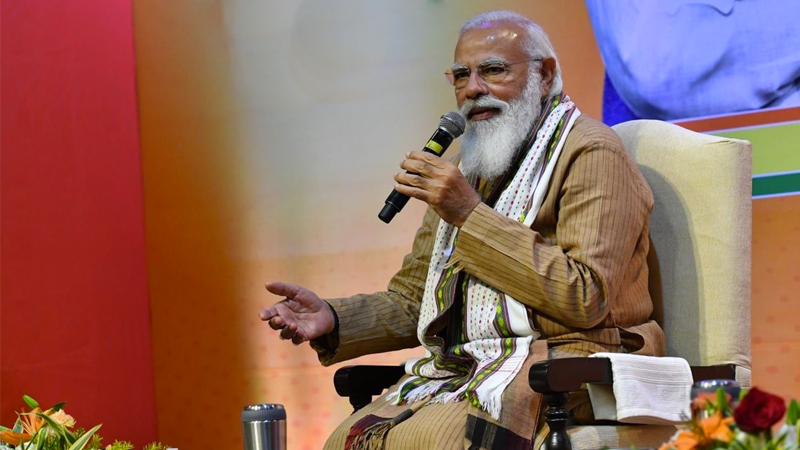
Blog / February 26, 2021
Government's Action On #ModiRojgaarDo

Notice Board on Important Dates / April 21, 2020
World Heritage Day

EShort / May 19, 2022
CUET PG 2025 has started the registration process.

EShort / June 11, 2022
KCET 2022 registration reopen today

EShort / December 14, 2021
UPSC Declared Final Result For DCIO Recruitment



 Program 2024 for Financially Disadvantaged Students-02.png)


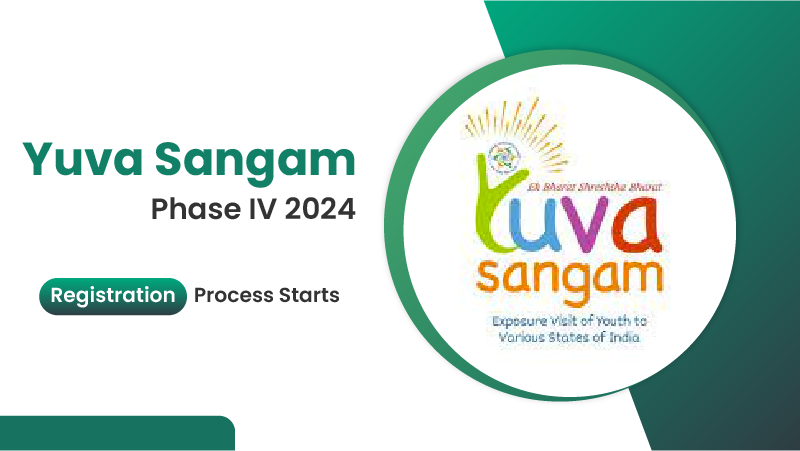
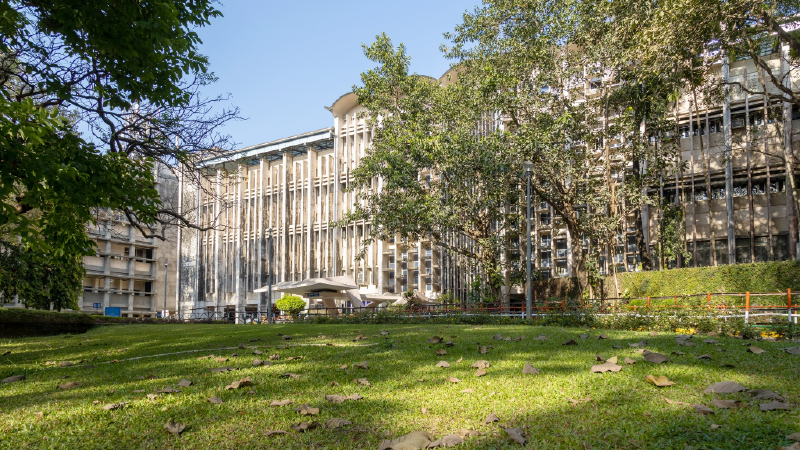




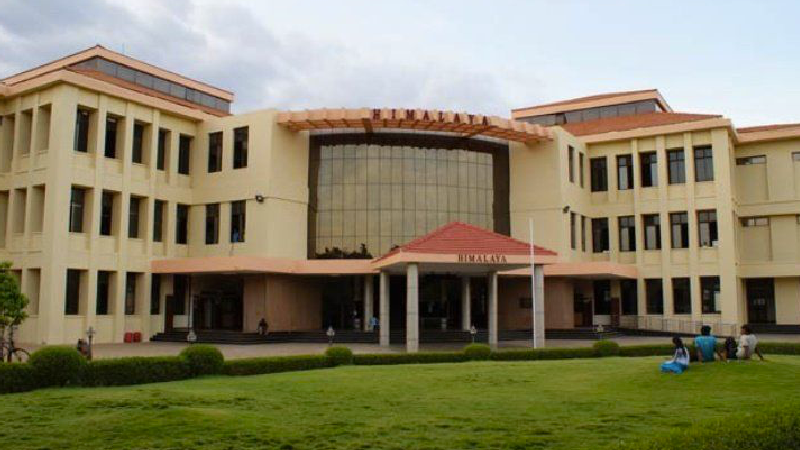
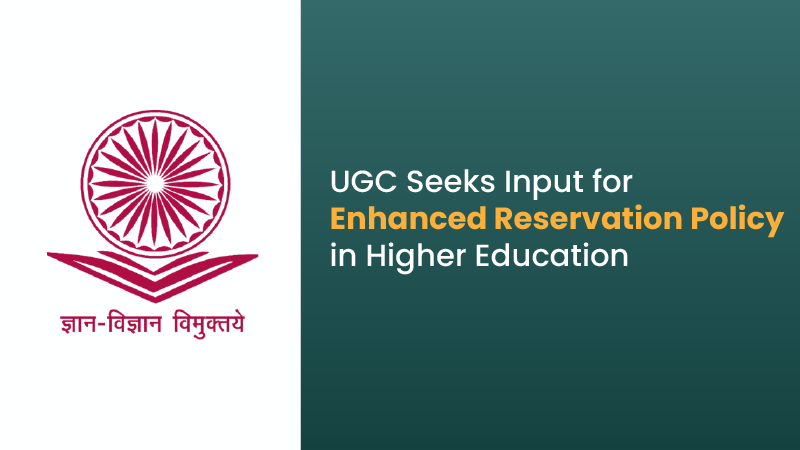

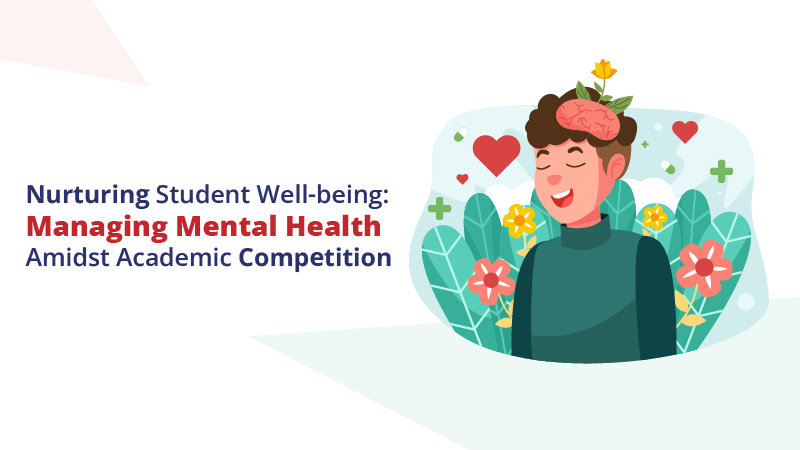

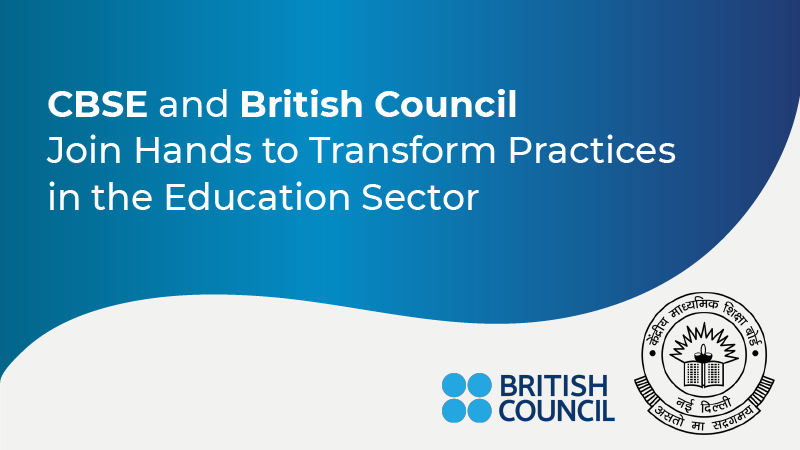

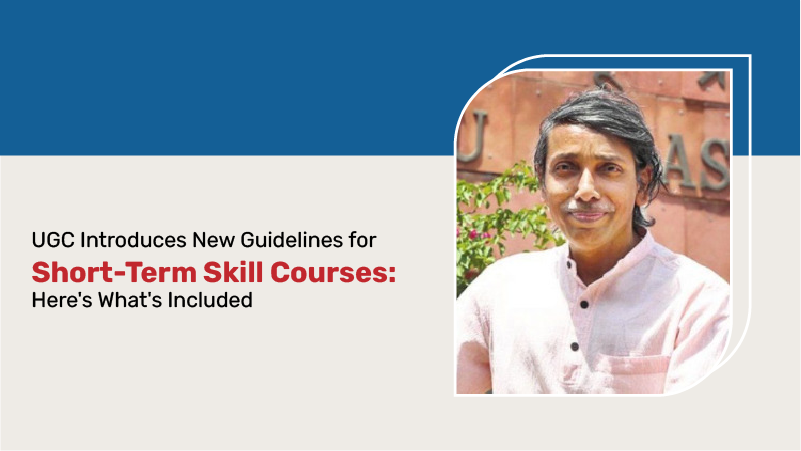
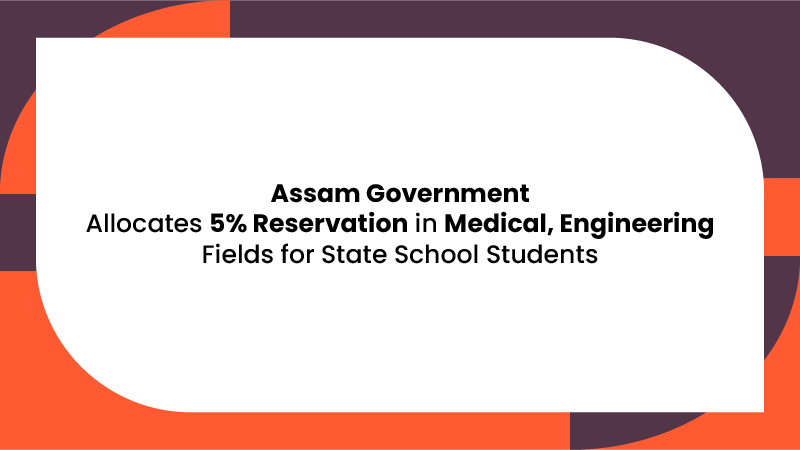


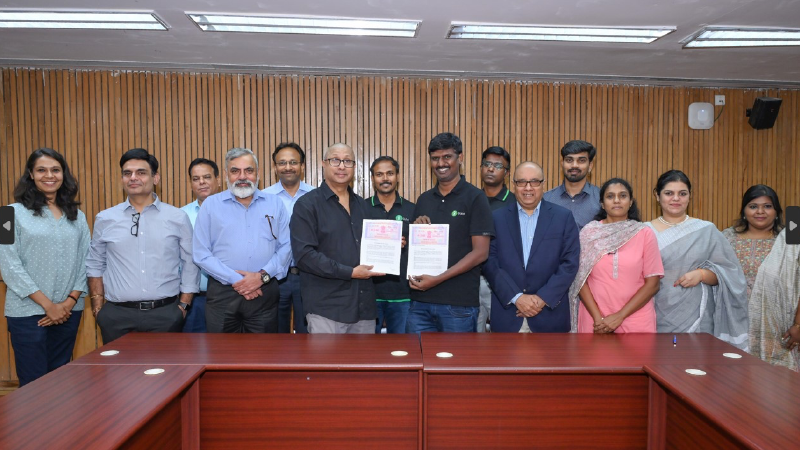
0 Comments
Post Comments